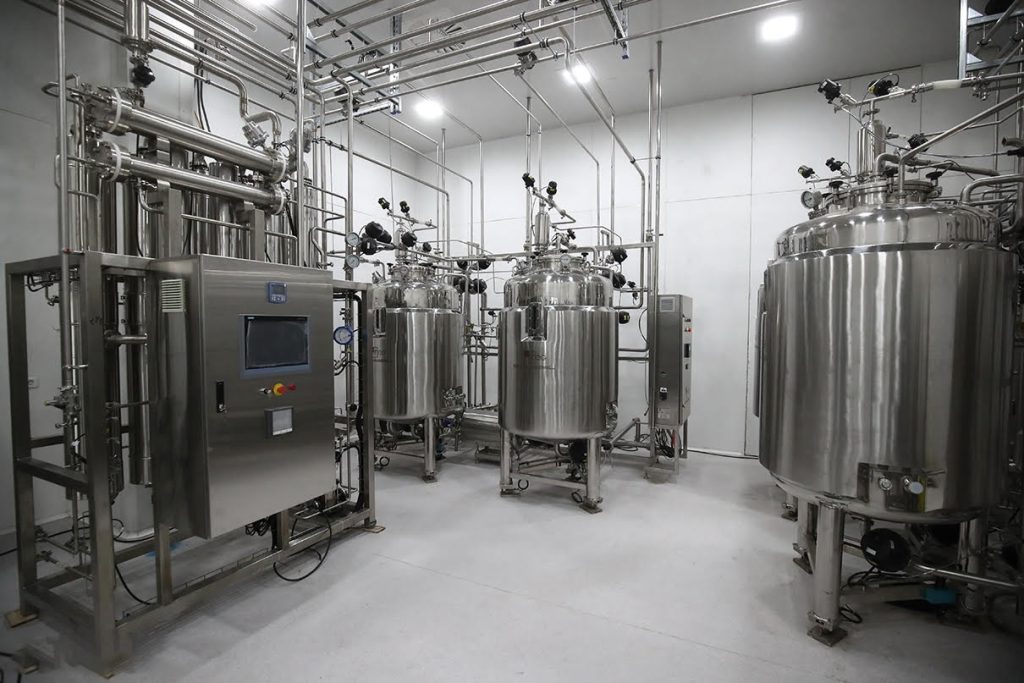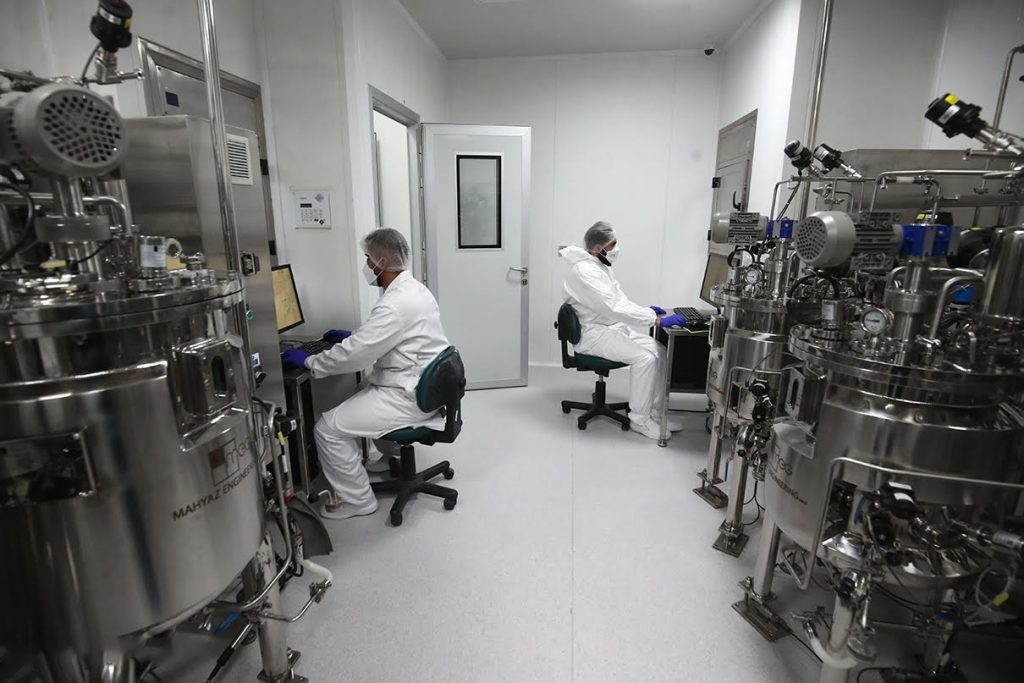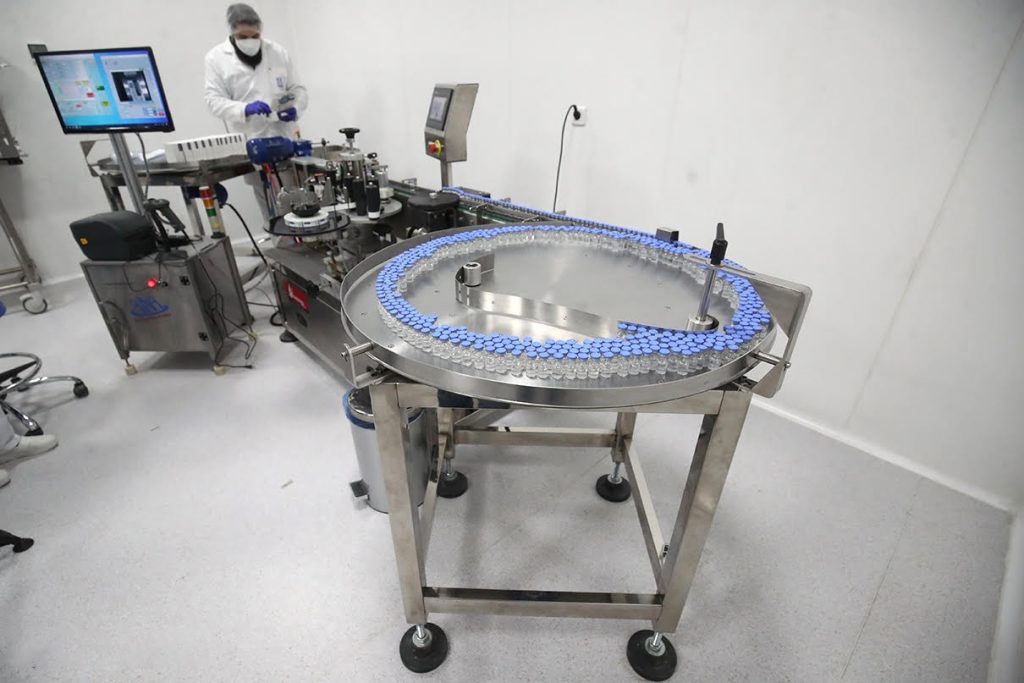The covid-19 pandemic showed that infectious diseases are not only not under human control, but the possibility of the spread of newly emerging types and re-expansion is more likely. Many migrations, travels and trades that are taking place at the global level are one of the most important causes of the spread of the pandemic. It should be noted that infectious diseases do not know borders, have multiple origins and can be easily exploited by countries, groups and companies with specific goals. This pandemic showed that when such crises occur, the superpower countries and the main producers of countermeasures and immunity against such diseases do not pay attention to the needs and even emergency needs of other countries, whether friends or enemies. Therefore, according to the predictions of the World Health Organization, World Economic Forum, Munich World Security Conference, foundations and some global scientific and research centers, the possibility of future pandemics is more and more serious than the previous decades, and therefore, the promotion of coping capabilities is one of the most important programs in each country to promote preparedness, increase resilience and increase the stability against pandemics and epidemics . Iran with more than 150 years of history against communicable diseases is the first country in West Asia and a leading country in the production of vaccines.

With the start of the covid 19 pandemic, at the same time as the leading countries and despite all the sanctions, restrictions and threats, various Iranian institutions conducted research, research and development of a vaccine against the covid 19 pandemic. Milad Daru Company, as one of the leading institutions in dealing with the Covid-19 pandemic, in addition to researching and producing vaccines, in cooperation with some experienced Iranian companies, is building one of the most modern vaccine production factories in the world and using the latest international standards. has done Considering the above, the cooperation between the big countries of Iran and Indonesia in the field of research and development of vaccines based on various platforms as well as the construction of vaccine manufacturing factories can, in addition to improving the preparedness of the two countries to deal with future pandemics and epidemics, help other countries in Different parts of the world such as East Asia, West Asia, Africa also help.
Milad Daru Company has created a capacity to provide the possibility of producing needed vaccines in the shortest possible time in case of viral and microbial attacks such as Corona or even animal diseases. The livestock and human vaccine production line is one of the most important parts in the pharmaceutical industry, whose quality and validation are directly related to the health of humans and society, as well as livestock and poultry. Due to the high rate of spread of various viruses in humans as well as livestock and poultry, it is necessary to inject the vaccine at the time.
Application of the vaccine production line
Vaccines are made in two types, human and animal. For this reason, the most widespread use of vaccine production lines is in the medical and veterinary industry. Vaccines have been among the most useful drugs for the prevention of several epidemics in the 20th and 21st centuries. There are various diseases among humans and animals that can only be prevented with vaccines. In the following, we have mentioned the most important applications of vaccine production. The existence of vaccine production lines as much as the required capacity in each country makes them ready for critical situations such as the spread of the corona virus. Benefiting from vaccine production lines makes society immune to diseases. Strengthening the immune system of people and animals is the simplest and cheapest way to prevent the spread of a disease. Vaccine production lines provide the possibility of producing different types of vaccines.

Reasons for using the vaccine production line
Society’s need for vaccines is a constant need. Although many diseases have been eradicated with the help of vaccines, many of them still persist. Therefore, the human body must always remain safe against them, and this is not possible except by repeating the vaccination. Therefore, vaccine production lines are one of the constant needs of any society that must exist in pharmaceutical factories. Many diseases, such as influenza, spread in certain seasons of the year. In these cases, the vaccine production lines must produce enough medicine to vaccinate at least the people who are most at risk. In general, the existence of a vaccine production line in a complex is both beneficial for the complex and for the benefit of that society. Prevention is known as the best way to deal with diseases, and for this reason, vaccines are always considered.
Information about covid-19 vaccines
- All the vaccines that are allowed to be injected around the world have a significant effect in preventing the complications caused by Covid-19.
- Most available vaccines are highly effective in preventing severe forms of COVID-19.
- Patients with mild disease can be vaccinated 4 to 6 weeks after recovery and severe cases 4 to 10 weeks after recovery.
- Patients with Covid-19 who are treated with plasma therapy must inject their vaccine at least 4 weeks after receiving plasma.
- Patients who use injectable rituximab should receive injectable treatment 4 weeks before rituximab injection or 4 to 8 after the vaccine
- If the disease is used for any reason, methotrexate should be avoided at least two weeks before and two weeks after the injection of the vaccine.
- If the patient used alemtuzumab cladribine drugs, he should postpone the injection of the vaccine for three months.
- In patients who use fingolimod. There is no need to stop the medicine in case of injecting the Covid-19 vaccine
- Patients who use Interferon-β There is no need to stop taking the medicine in case of covid-19 vaccine
- A patient who has undergone bone transplant treatment should refrain from vaccination for at least six months after the transplant.
- In cases where corticosteroid compounds are used for any reason, or radiotherapy, chemotherapy, immunotherapy, or hormone therapy. Before injecting the vaccine, you must consult your doctor.
- Diagnosis of the disease with a person suffering from the disease of Covid-19: In the case of a patient who is suffering from the disease of a person suffering from the disease of Covid-19, PCR should be done first. If the test is positive, no vaccine should be given. 14 days must pass from the disease and no other symptoms appear after that to be able to do the vaccination.
- If the person receiving the vaccine has symptoms of infectious diseases (fever, nausea, headache and dizziness, cough, anorexia, shortness of breath, phlegm, abdominal pain, diarrhea, etc.), the vaccine should be delayed until the symptoms have completely disappeared.

What are the characteristics and differences of vaccines in the world?
The technology and technologies used for the production and development of SARS-COV-2 vaccines are based on two types of technology:
- The classic and old method that has been used for many years to produce vaccines against various diseases and includes two categories: The first category: using the complete virus that can be weakened or killed as a live virus. Inactivated vaccine (or killed vaccine) is a vaccine consisting of virus particles that are cultured in the laboratory and then by chemical or thermal methods, the virus particles are inactivated so that they lose the capacity to produce disease. In contrast, live vaccines use pathogens that are still alive, passaged and cultured in the laboratory, but almost always diluted, that is, weakened. Live vaccines create a better immune response in the body than killed ones, but the use of these vaccines is not suitable for people with cellular immune system defects. Live attenuated measles, mumps, and rubella vaccines are live viruses, and injectable polio and rabies vaccines are killed. The second category: the use of one of the components of the virus, for example, spike proteins on the surface of the corona virus, which play an important role in the path of virus infection, SARS-COV-2 binds to its receptors on human cells through its spike protein.
- New technologies that are also divided into two categories: First category: use of DNA or RNA: in the production of Pfizer–BioNTech and Moderna vaccines, the RNA of the spike protein of the corona virus has been used. In this case, instead of injecting a viral protein like Nuvax and Cuba vaccine, the person receives genetic material (mRNA) that encodes the viral spike protein, and when these genetic instructions are injected into the upper and upper arms, the muscle cells with Translation of these codes creates viral proteins directly in the body. For nearly a decade, vaccines based on this platform have been researched in other viral diseases such as influenza, hepatitis C, AIDS, and Ebola, and researchers are also researching this technology to treat cancer. The second category: introducing a part of the corona virus genome (the part that contains the sequence of genes related to the spike protein) into the human body by adding it to the genome of another virus (as a carrier) that is not pathogenic for us, to these types of vaccines They are called viral carriers. The immune system sees the engineered virus as similar to the coronavirus and can learn how to fight it. Also, genetically, they have changed the adenovirus and the genetic material is not pathogenic and does not multiply, as a complication, it does not lead to disease, also the genetic material of adenoviruses does not enter the genome of our body and there is no need to worry.

Does the injection of the vaccine cause people to become carriers and the components of the vaccine become a danger to others?
Factors that do not transmit vaccine viruses due to vaccination, even if the vaccine is completely based on viruses, are not transmitted due to the vaccine, because this agent does not cause and spread to others.
How many days after the injection of the vaccine does the body become immune?
By injecting the vaccine, there is a possibility of contracting the disease, the vaccine only prevents the disease and reduces the death rate. In this regard, all people take the vaccine even after the injection. and comply with health protocols. In this way, after the Covid-19 crisis, it is necessary and there is a need to create a vaccine. Diseases such as influenza-HPV-tetanus-corona-measles-tuberculosis-polio have increased many times and it is recommended that families be sure to get a vaccine. Children visit. It is injected when, because the consequences are very damaging to the disease.
Conclusion
In this text, we provided general and practical information on vaccine production lines. The existence of facilities required for vaccine production in the pharmaceutical factories of the country is in the interest of the society. In Iran, where the animal husbandry industry is prevalent, animal vaccines are as important as human vaccines. Milad Daru company is professionally engaged in providing services related to production lines and Oxen. To receive advice on the production of human and animal vaccines, you can contact Milad Daro through the communication channels available on the site.